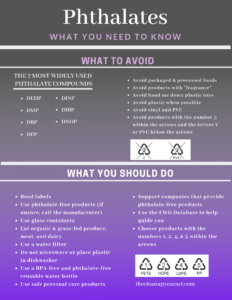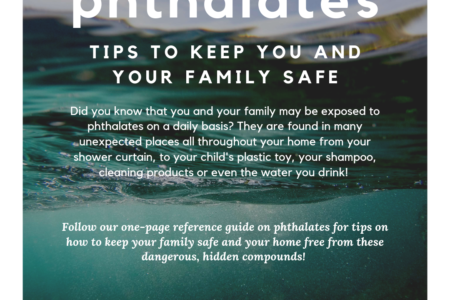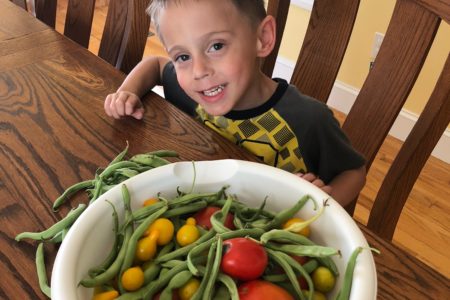Helpful Clean Living Tips
Read the tips below for simple, helpful tips on how to thoroughly wash your fruits and vegetables to keep you and your family safe from harmful chemicals.

Make sure when you go shopping for your fruits and vegetables, bring your reusable mesh fruit/vegetable bags with you to avoid using the plastic bags from the store. I love these because they come in a variety of sizes and are super sturdy!


The U.S. Food and Drug Administration recommends washing produce thoroughly. Using vinegar to clean your fruit will help kill bacteria and ensure your fruits and vegetables are safe for consumption. A study published in 2003 in the “Journal of Food Protection” found that washing apples with a vinegar and water solution reduced salmonella on the outer skin significantly more than washing them with water alone. A study found that vinegar killed approximately 98 percent of bacteria on the surface of fresh fruits and vegetables. Wash fruits and vegetables using 3 parts water to 1-part distilled vinegar. I use this distilled vinegar.


- Smooth-skinned produce – includes tomatoes, apples, pears, and grapes. Use a spray bottle with the vinegar mixture to thoroughly coat the exterior of the fruit or vegetable. Allow the produce to rest for 30 seconds before rubbing its surface and rinsing it under cold, running water which will remove the vinegar taste. The FDA recommends cleaning smooth-skinned fruits and vegetables by gently rubbing them with your hands instead of an abrasive scrubber to prevent the skin from breaking, which could expose the flesh to contaminants.


- Rough-surfaced produce – includes broccoli, cauliflower, leafy greens, melons, potatoes, berries that are more difficult to clean. Soak the fruits and vegetables in the 1 to 3 vinegar solution for 10 minutes to ensure the acidic blend kills all bacteria. Once the soak is complete, scrub the vegetables with a brush and rinse them under running water.
- Leafy vegetables – Pour the distilled vinegar into a large bowl or basin and add 3 cups of water. Stir gently with a large spoon or ladle to mix the liquids thoroughly. Separate the leaves of leafy vegetables, such as cabbage, lettuce, spinach and turnip greens, and dip them in the vinegar solution. Remove from the bowl, rinse under cold running water, shake off any excess and pat dry before serving.


Additional Tips:
To protect yourself, always wash your hands thoroughly before and after handling the fruits/vegetables.
Thoroughly wash sink before washing fruit or vegetables.
Wash any surface the fruit/vegetable touched, including knives and cutting boards.
Never cut or peel fruits and vegetables before washing them, as this can contaminate the flesh.
Always dry produce with a clean cloth and cut away damaged areas before serving.
When working with cabbage and lettuce, discard the outer leaves but do not fail to wash the inner leaves individually.
Blend lemon juice with the vinegar mixture to increase its efficacy by increasing the acidity which will help kill larger amounts of bacteria, including E. coli.
Washing berries with a vinegar solution offers additional benefits — it prevents them from molding within a few days of purchase.
When shopping, choose unbruised and undamaged produce.
Always wash oranges, melons, squash, pineapple and other produce with inedible rinds — cutting or peeling the produce will transfer contaminants to the edible flesh.
Overall, the USDA found 225 different pesticides and pesticide breakdown products on popular fruits and vegetables Americans eat every day. Before testing, all produce was washed and peeled, just as people would prepare food for themselves, which shows that simple washing does not remove all pesticides. The EWG’s Shopper’s Guide is a resource designed to help you reduce your pesticide exposures as much as possible by indicating which produce you should try to buy organic, and which conventional products are low in pesticide residue.
EWG’s Dirty Dozen for 2019
1. Strawberries
2. Spinach
3. Kale
4. Nectarines
5. Apples
6. Grapes
7. Peaches
8. Cherries
9. Pears
10. Tomatoes
11. Celery
12. Potatoes
Although we cannot prevent all of the chemicals from entering into the produce we purchase from a store, I hope these tips and knowledge will help to ensure to keep you and your family safe!














